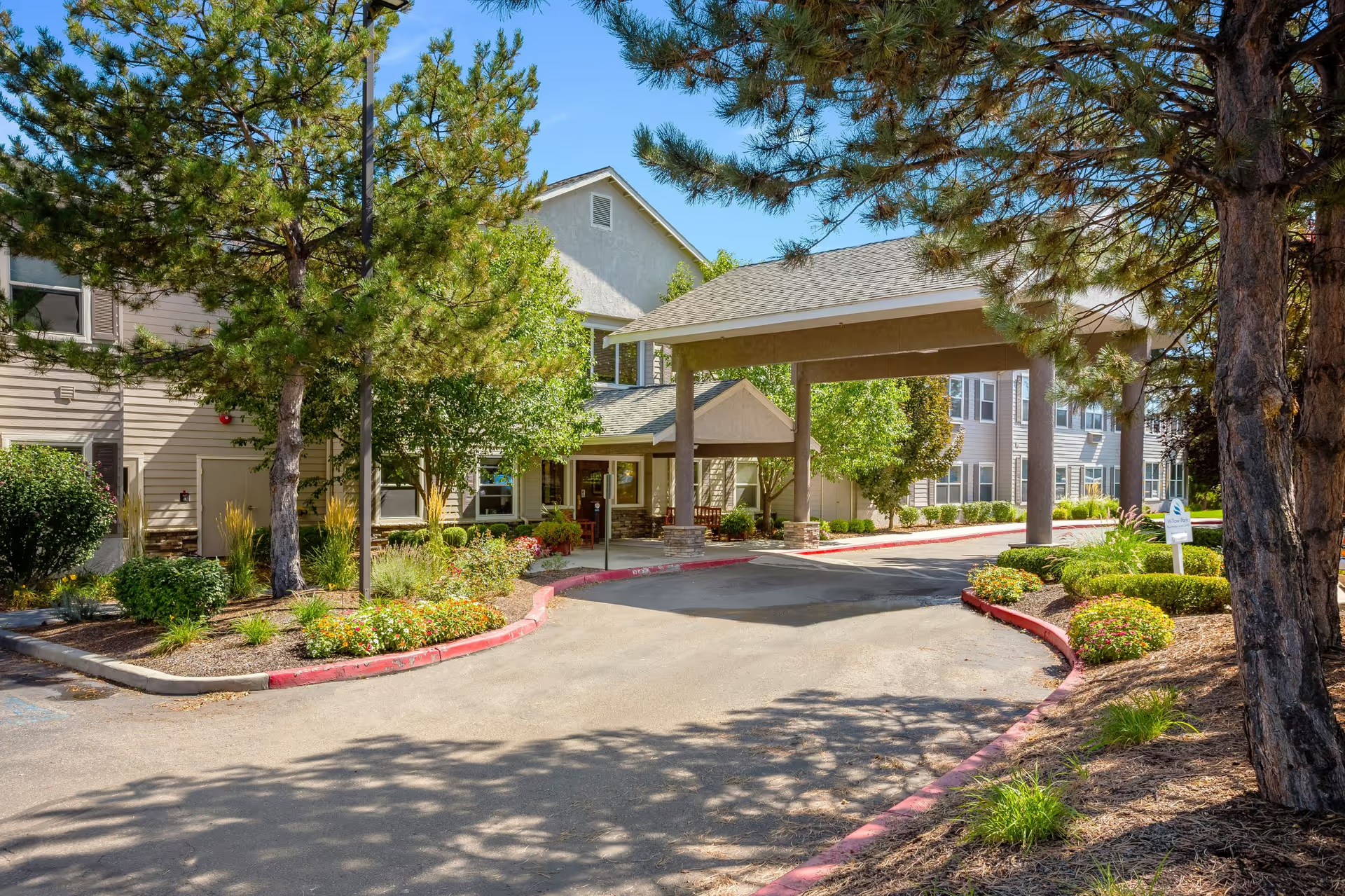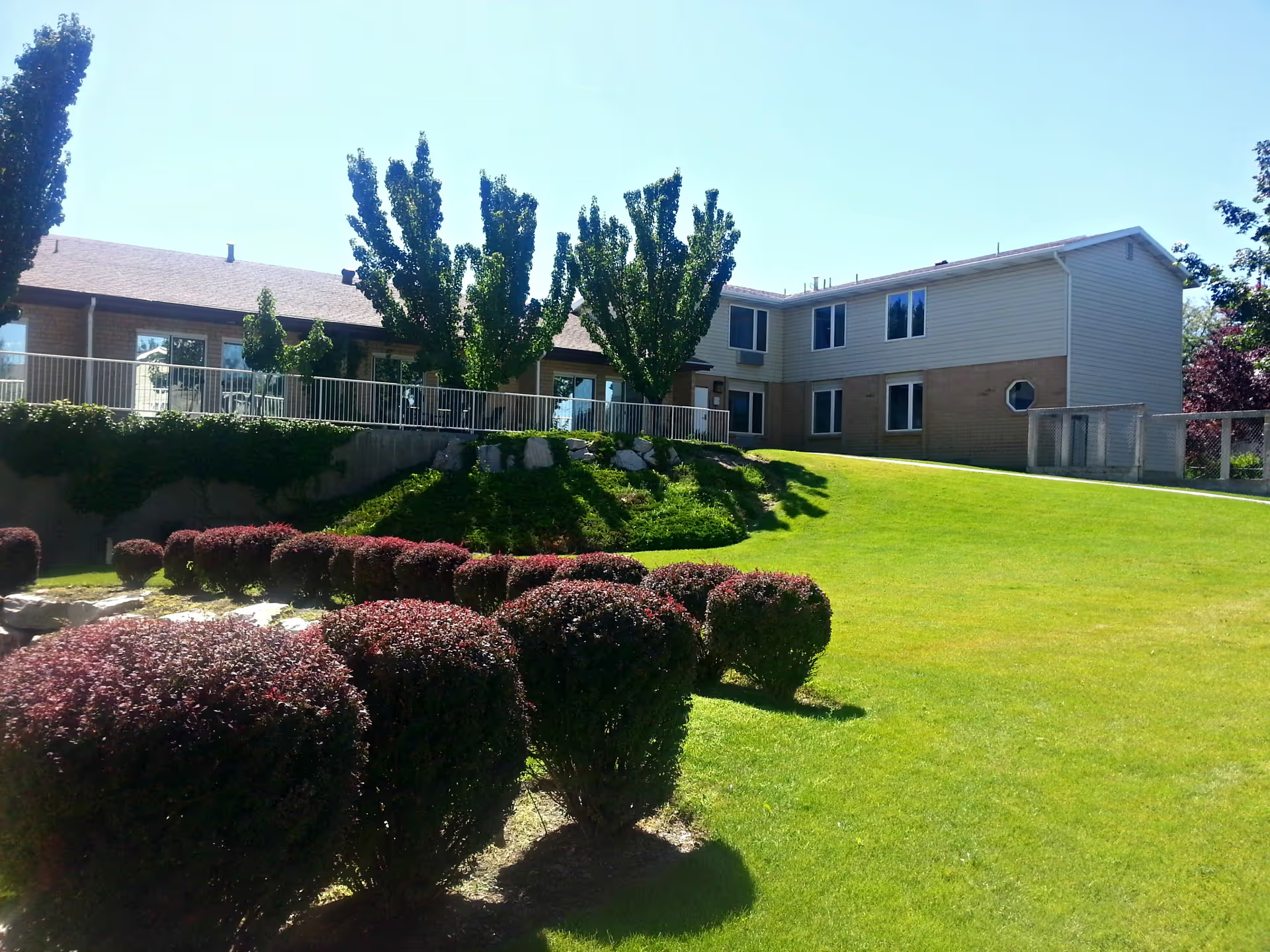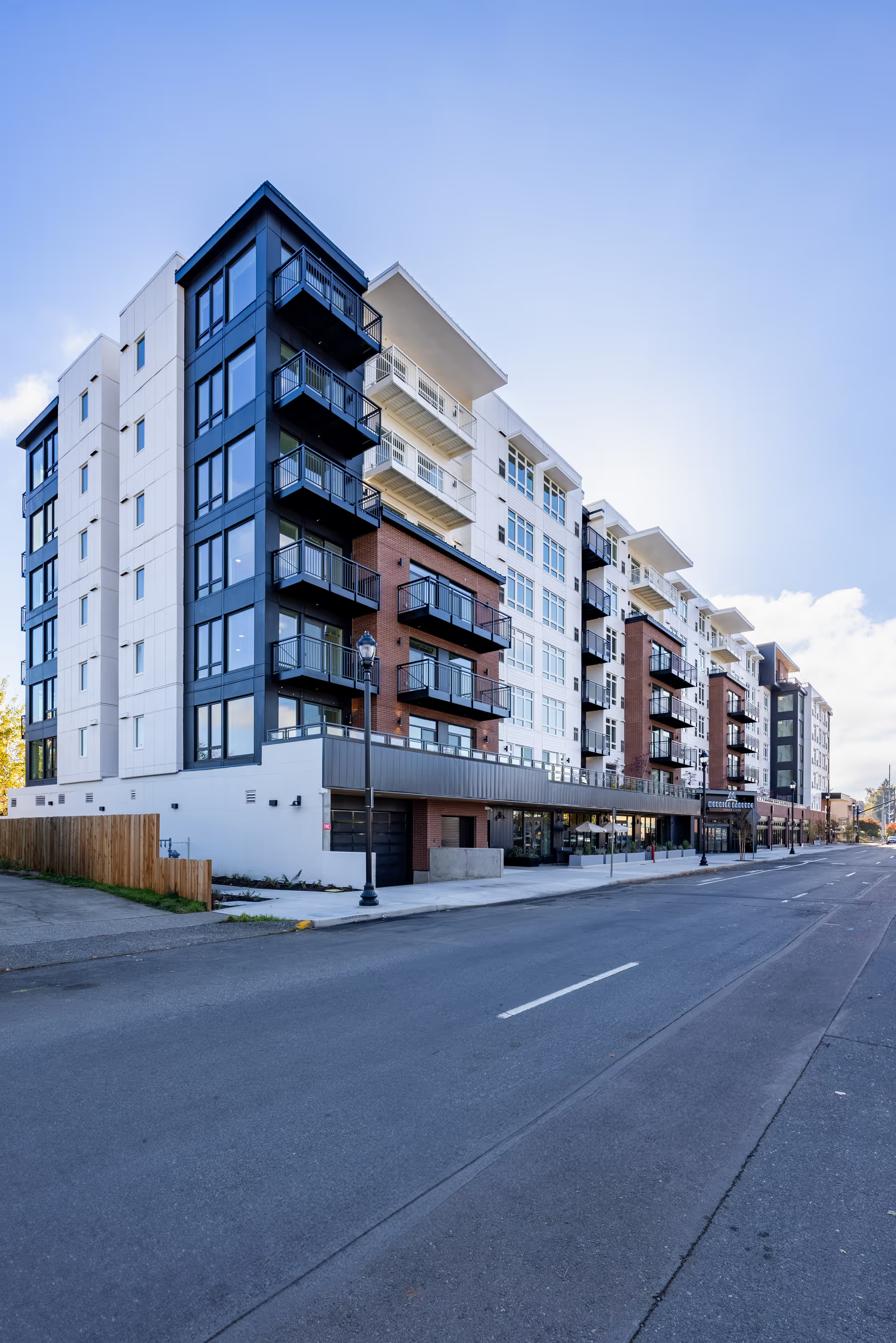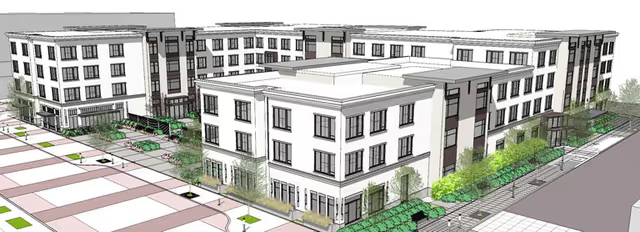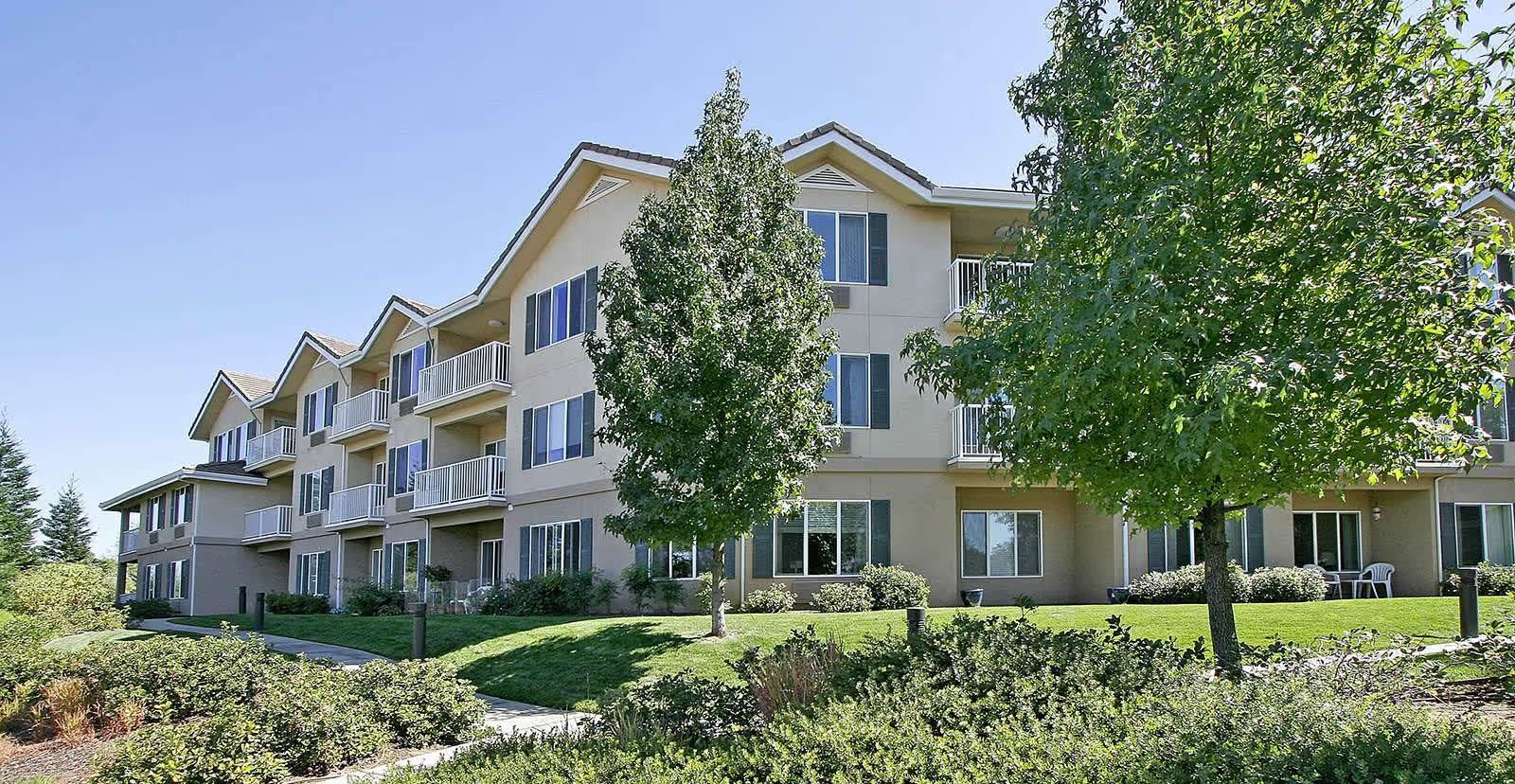Overall sentiment about Creekside Transitional Care & Rehabilitation is highly mixed, with many reviewers describing excellent, compassionate clinical and rehabilitation care while a substantial number report serious lapses in personal care, communication, and management. The most consistent positive theme is the strength of the therapy and bedside nursing teams: numerous reviews highlight excellent physical and occupational therapy, measurable rehabilitation outcomes, and individual staff members and therapists who are professional, encouraging, and effective. Many families and short-term therapy patients praise the facility for helping residents regain mobility and return to prior living settings. Multiple reviewers singled out individual nurses, CNAs, and therapists by name for providing notable kindness and clinical skill. Several accounts also describe a clean facility, pleasant landscaping, active resident life programs, and available transportation services that contribute positively to the experience.
At the same time, there is a pronounced and recurring pattern of serious negative issues. The most alarming cluster relates to inconsistent personal care and safety: numerous reports of residents being left soiled, unshaven, with long dirty nails, or with wounds and bedsores were repeated across summaries. There are multiple allegations of lost or damaged personal items (dentures, hearing aids, wheelchairs), inventory and laundry problems (clothes swapped or returned damaged), and instances in which residents were not turned or changed for prolonged periods, raising infection and pressure injury risks. Reviewers described cases of unmanaged pain, missed or delayed medications including blood sugar checks and CPAP setup, and canceled or missed outpatient medical appointments — all of which point to lapses in clinical oversight for some patients.
Staffing and management appear to be central drivers of the variability. Many positive reviews credit hardworking CNAs and therapists, while many negative reviews cite chronic short-staffing (notably on weekends and nights), high turnover, and insufficient coverage. Several reviewers indicated that nursing staff do their best but are overwhelmed; others directly criticized nursing competence and responsiveness. Administration and corporate responsiveness are frequent complaint points: reviewers reported rude or unhelpful administrators, poor communication, delayed or non-existent resolution of problems, and a perceived profit-driven focus. These administrative failings compounded families’ frustration when clinical or personal-care issues arose. Some reviews describe improved staff morale and resident happiness under new management, suggesting that leadership changes can materially affect experience, but other reviews continue to report disengaged or rude administrative behavior.
Dining, activities, and amenities receive mixed feedback. Some reviewers praise the kitchen staff, alternate menus, and meals that are better than hospitals; others repeatedly mention cold food, poor food quality, and dietary errors including unsafe meals served despite allergies. Activities and social engagement are highlighted as strengths in many accounts: clubs, live entertainment, garden groups, and events such as plays and troop visits were enjoyed by residents. Conversely, several reviewers said activities are underfunded or limited — particularly for residents with dementia — and that the facility has “growing pains” meeting demand. Physical facilities are described both as well-kept and clean in many reviews and as older or in need of cosmetic upkeep in others; this again underscores inconsistent impressions that vary by unit, timeframe, or individual experience.
Safety and quality-of-care extremes are present in the reviews. Positive extremes include accounts of residents receiving exceptional, attentive care that restored function and provided dignity in rehabilitation or end-of-life situations. Negative extremes include allegations that warrant immediate attention: reports of potential neglect leading to fever, UTI progression, or septicemia risk; claims of residents left unattended in hallways or unsafe situations; and some mentions of violent or dangerous staff. At least one review explicitly called for an investigation or closure. While these reports do not provide clinical verification, their recurrence and severity in multiple independent summaries indicate that risk-management, oversight, and consistent clinical protocols need strengthening.
In sum, Creekside appears to offer high-quality rehabilitation and many compassionate caregivers who can and do produce excellent outcomes for patients. However, the facility also displays significant variability in performance, with recurring systemic concerns: staffing shortages and turnover, inconsistent administration and communication, lapses in personal care and medication management, and frequent property/laundry losses. Prospective residents and families should weigh the strong therapy and nursing strengths against these documented risks, ask specific questions about staffing levels and clinical oversight for their loved one’s unit and shift, verify how personal belongings and inventory are handled, and clarify administrative escalation processes before admission. For current families and advocates, the reviews suggest focusing on direct communication with therapy and nursing leadership, documenting incidents, and escalating unresolved safety or clinical concerns promptly to facility leadership and regulatory authorities when necessary.
